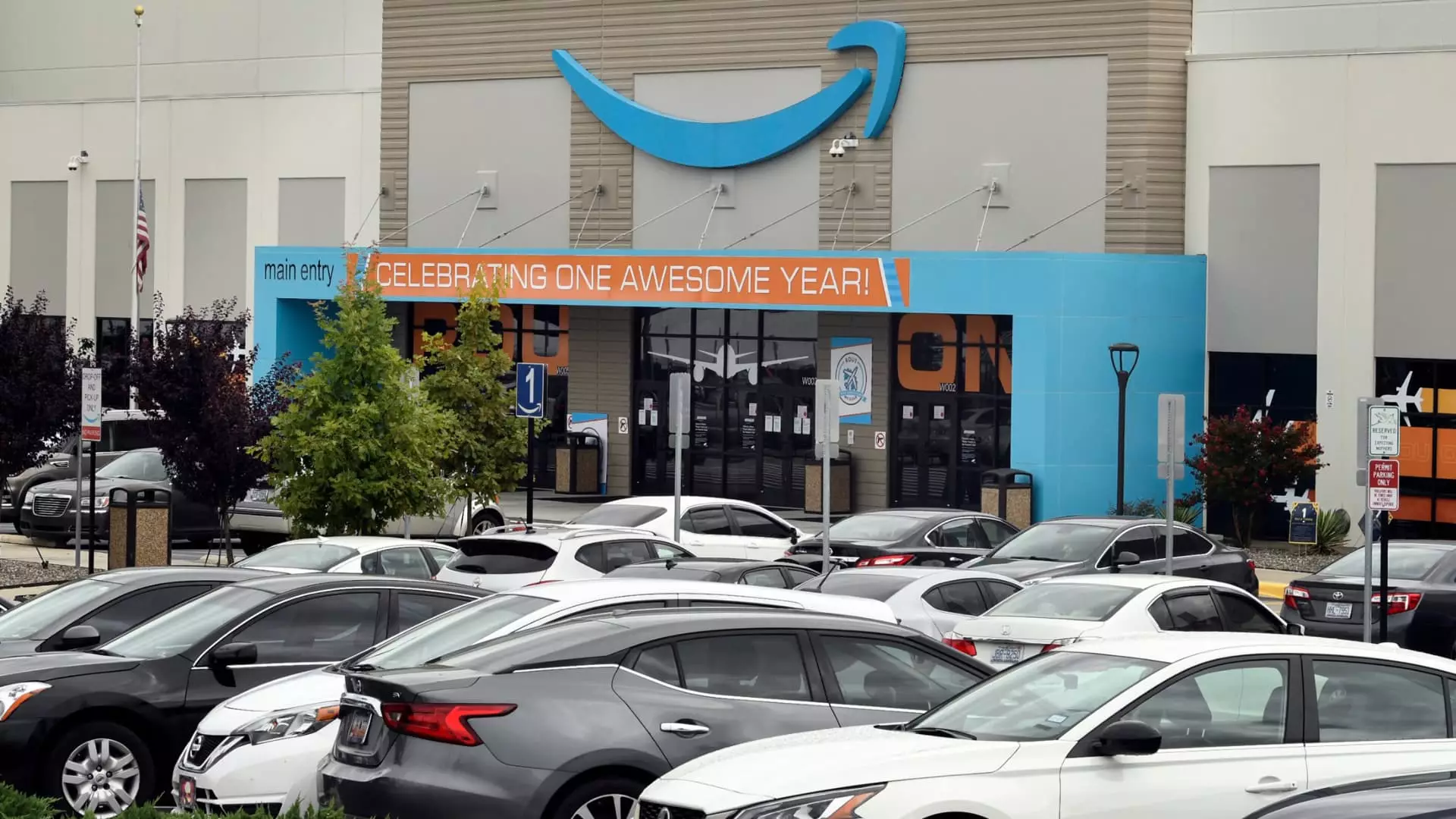The recent decision by Amazon workers at the RDU1 facility in Garner, North Carolina, to reject unionization raises significant questions regarding labor relations in America today. The election, held by the National Labor Relations Board (NLRB), saw a clear outcome: 2,447 against unionization versus just 829 in favor, with a mere 77 ballots challenged. This marks a notable moment in the ongoing struggle between Amazon’s corporate policies and workers’ aspirations for union representation.
The backdrop to this election includes years of organizing efforts by Carolina Amazonians United for Solidarity and Empowerment (CAUSE), a grassroots initiative aimed at strengthening workers’ rights and improving conditions at the warehouse. RDU1, with approximately 4,700 employees, found itself a focal point for labor advocacy, driven by concerns surrounding wage disparities, inadequate breaks, and workplace safety measures heightened by the COVID-19 pandemic. Starting wages at the facility are set at $18.50 an hour, but CAUSE sought to push that to $30, reflecting growing frustration over economic pressures.
The campaign did not unfold without contention. CAUSE alleged that Amazon employed aggressive tactics to sway opinions against unionization, claiming that the company maintained a culture of intimidation throughout the election period. The workers’ group voiced clear disappointment in the election results, stating that the outcome highlighted a systemic issue, wherein corporations can manipulate electoral processes to undermine collective bargaining power.
In contrast, Amazon has vehemently denied any wrongdoing, asserting its commitment to maintaining open dialogue with employees about union-related concerns. Eileen Hards, the company’s spokesperson, expressed satisfaction with the election outcome, emphasizing a preference for employees to maintain a direct relationship with management. This response reflects Amazon’s long-standing strategy to remain union-free, which has succeeded for the most part in the U.S., aside from a few notable exceptions, such as the Staten Island warehouse that voted to unionize in 2022.
The company’s approach to the RDU1 election involved streamlined communication that included anti-union messaging. Amazon’s portrayal of CAUSE as an “outside party” seeking to mislead employees illustrates a deliberate tactical positioning. Moreover, their narrative highlights an operational view that seeks to delegitimize union efforts while promoting a corporate culture of individualism over collective action.
The broader landscape of labor relations across the U.S. has seen a resurgence in union support among the general public. Recent polls indicate that approximately 67% of Americans approve of labor unions, yet this has not been mirrored in membership statistics, indicating an ongoing crisis of union representation in the private sector. As of 2024, union membership in private industries fell to 5.9%, with Southern states like North Carolina reporting the lowest levels of unionized workers at a disheartening 2.4%.
The discrepancy between public approval and actual membership raises critical questions about the effectiveness of traditional organizing methods at corporations like Amazon. Labor groups have started to explore alternatives beyond conventional NLRB elections, focusing instead on filing unfair labor practice charges against Amazon, coordinating pickets, and facilitating direct actions. Such efforts reflect wider strategies required to reinvigorate labor movements in a system resistant to union participation.
Looking ahead, the aftermath of the RDU1 election may shape the landscape for labor movements focused on Amazon for the foreseeable future. Despite CAUSE’s setback, the group’s intent to continue organizing highlights an unyielding commitment to advocate for fair labor practices and improve working conditions. Moreover, as labor activism grows more robust, tactics may evolve, leveraging community support and consolidating efforts with other unions to amplify their voices.
The situation at RDU1 serves not only as a microcosm of the challenges faced by workers in corporate settings but also as a testament to the enduring struggle for equity in the workplace. The implications of the election outcome are profound, demanding attention from labor advocates, policymakers, and scholars alike, who must grapple with the future of work in contexts where employee rights remain at odds with corporate might.
As the debates over unionization at Amazon’s RDU1 facility reveal, the labor movement must adapt to an environment characterized by significant corporate resistance and public support for unions that has not yet manifested in increased membership. The struggle continues, shaping the narrative around workers’ rights in a rapidly changing economic landscape.

